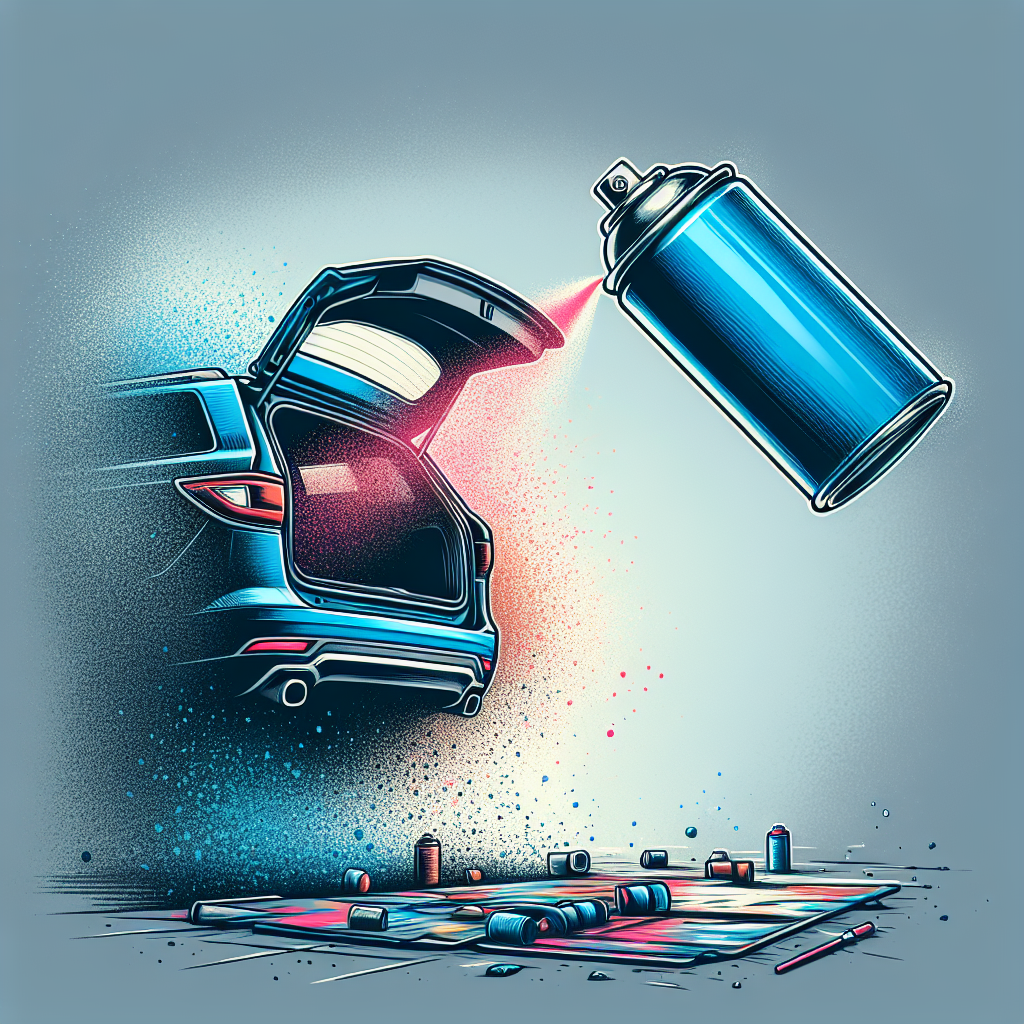You’re in for a treat as you’re about to discover a topic that might spark your curiosity – “How Many Amps Does A Paint Sprayer Draw”. It might sound like a home improvement trivia question, but knowing this can actually contribute to your painting project’s efficiency. It’s a fascinating exploration into the world of power consumption, especially if you’re hands-on in your painting work. So strap in and prepare to learn something refreshing and wholly unexpected!

Understanding Amps
Ever wondered what makes your paint sprayer go? The short answer is: electricity. The longer – and more complex – answer involves understanding something called ‘amps’.
Definition of Amps
First things first – what are amps? Amps, or amperes, are the basic unit of electric current. They’re a way of measuring how much electrical charge is passing a point in a circuit per second. When it comes to paint sprayers, amps can tell you a lot about how much electricity your sprayer needs to work properly.
Importance of Amps in Paint Sprayers
Why do amps matter in a paint sprayer? The amp draw of a paint sprayer tells you how much electricity it uses when it’s running. This is important for a number of reasons, but one of the most important is power supply. Knowing the amp draw of your paint sprayer can help you choose the right power source and avoid overloading your circuits.
Factors Affecting Amp Draw in Paint Sprayers
A number of factors can affect the amp draw of a paint sprayer. Let’s explore these in more detail.
Type of Paint Sprayer
The first factor is the type of paint sprayer. Different types of sprayers use different amounts of electricity. For example, airless paint sprayers tend to use more electricity than HVLP (High Volume Low Pressure) sprayers.
Motor Power and Efficiency
The power and efficiency of the motor can also affect the amp draw. A more powerful motor will use more electricity, increasing the amp draw. On the flip side, a more efficient motor will use less electricity, reducing the amp draw.
Paint Viscosity
The viscosity of the paint you’re using can also have an impact. Thicker, more viscous paints require more power to spray effectively, which can increase the amp draw.
Spraying Technique
Lastly, your spraying technique can affect the amp draw. If you’re using a lot of pressure or spraying for a long time without breaks, you may find that the amp draw increases.
Different Types of Paint Sprayers and Amp Draw
Different types of paint sprayers draw different amounts of amps. Here’s how the three most common types generally compare.
Airless Paint Sprayers
Airless paint sprayers use a piston pump to spray paint under high pressure. Because of their power and efficiency, they tend to draw higher amps than other types.
HVLP Paint Sprayers
HVLP sprayers use a high volume of low-pressure air to atomize paint into a fine mist. They tend to draw less amps because they require less power than airless sprayers.
Compressed Air Paint Sprayers
Compressed air paint sprayers use an air compressor to atomize the paint. The amp draw for these sprayers can vary widely depending on the power of the compressor.
Understanding Amps and Voltage
Amps and voltage are two sides of the same coin. They’re both important for understanding how much power a paint sprayer requires.
Relationship between Amps and Voltage
Amps and voltage have a direct relationship, as dictated by Ohm’s law: voltage = amps x resistance. In practical terms for paint sprayers, this means that a higher voltage can lead to a higher amp draw.
Determining Amps and Voltage Requirements for a Paint Sprayer
To determine the amps and voltage requirements for a paint sprayer, refer to the manufacturer’s specifications. Never exceed these ratings. Doing so can damage your sprayer or create a safety hazard.

Calculating Amp Draw for a Paint Sprayer
Calculating the amp draw for a paint sprayer can help you ensure that your power supply is up to the task.
Formula for Calculating Amps
The basic formula for calculating amps is power (Watts) = voltage (Volts) x current (Amps). To find the amps, rearrange the formula to Amps = Watts / Volts.
Example Calculation for a Specific Paint Sprayer Model
Let’s say you have a 600W sprayer and you’re supplying it with 120V. To find the amp draw, use the formula Amps = Watts / Volts. This gives you 600W / 120V = 5 amps. The sprayer draws 5 amps at 120V.
Importance of Amp Draw in Power Supply
Understanding the amp draw of your paint sprayer is important when choosing your power supply.
Choosing the Right Power Source
Your power source needs to supply enough amps for your paint sprayer to operate effectively. This is especially important with portable generators or when you’re using an extension cord that adds resistance.
Preventing Tripping Breakers or Blowing Fuses
Knowing the amp draw of your sprayer can also help you avoid tripping breakers or blowing fuses. You need to know the amp capacity of your circuits and ensure your sprayer doesn’t exceed it.
Safety Considerations with Amp Draw
A high amp draw isn’t just a performance issue – it can also be a safety concern.
Using Correct Circuit Breaker
Make sure you’re using a circuit breaker that matches your sprayer’s amp draw. Using a breaker that can’t handle the amp draw can lead to overheating or even a fire.
Grounding the Paint Sprayer
It’s important to ground your paint sprayer to prevent shocks. Use a three-prong plug and make sure your power source is grounded as well.
Avoiding Overloading Circuits
Overloading your circuits can lead to a fire. By understanding your sprayer’s amp draw, you can make sure you’re not putting too much load on your circuits.
Additional Factors to Consider
There are a few more factors affecting amp draw that you should be aware of.
Extension Cords and Amp Draw
Using an extension cord increases resistance, which can increase the amp draw. If you have to use an extension cord, make sure it’s rated for your sprayer’s amp draw.
Importance of Correct Wire Gauge
The wire gauge of your power supply can also affect amp draw. A smaller wire gauge (with a larger diameter) will reduce resistance and reduce amp draw.
Voltage Drop and Amp Draw
A voltage drop can occur if the voltage at the end of a circuit is lower than at the start. This can increase the amp draw. To avoid this, make sure your power supply is within a suitable distance of your sprayer.
Common Amp Draw Ranges for Paint Sprayers
There’s quite a range when it comes to the amp draw of paint sprayers.
Low-End Amp Draw
On the low end, small handheld sprayers might draw as little as 2-3 amps.
Typical Amp Draw
More common is a typical draw of around 5 to 15 amps. These sprayers are suitable for most home and professional uses.
High-End Amp Draw
On the high end, industrial-grade sprayers can draw upwards of 20 amps or more. These sprayers are designed for heavy-duty uses like industrial applications.
Conclusion
Understanding amps and the amp draw of your paint sprayer is essential for efficient and safe operation. Make sure to consider all the factors that can affect amp draw and choose your power source accordingly. Always follow the manufacturer’s specifications and safety guidelines to get the most out of your paint sprayer and ensure your safety during its operation.


